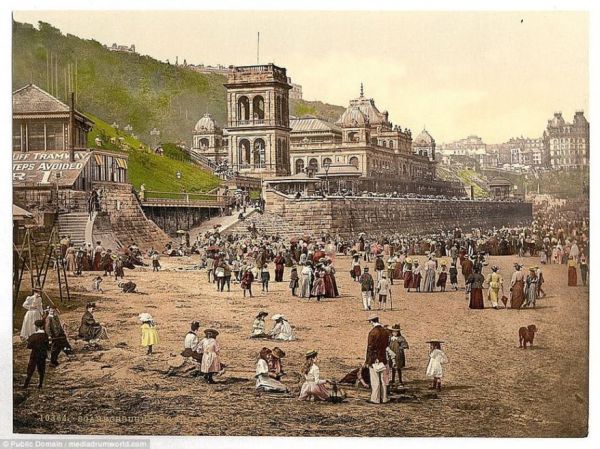
Before the 19th century, most workers put in a six-day week. It was only the influence of the church that mandated the Sabbath as a non-working day. In Britain, there were some people who knew that six days a week was more than enough work.
For much of the 19th century, for example, skilled artisan workers adopted their own work rhythms as they often hired workshop space and were responsible for producing items for their buyer on a weekly basis. This gave rise to the practice of “Saint Monday”. While Saint Monday mimicked the religious Saint Day holidays, it was in fact an entirely secular practice, instigated by workers to provide an extended break in the working week.
They worked intensively from Tuesday to finish products by Saturday night so they could then enjoy Sunday as a legitimate holiday but also took Mondays off to recover from Saturday night and the previous day’s excesses. By the mid-19th century, Saint Monday was a popular institution in British society. So much so that commercial leisure – like music halls, theatres and singing saloons – staged events on this unofficial holiday.
But taking Monday off wasn't universal, nor was it mandated. Campaigns arose to make Saturday a half-day, and then a full day off, which was championed by the leisure industry as well as trade unions. Read the story of how the two-day weekend came into being at the Conversation. -via Damn Interesting





